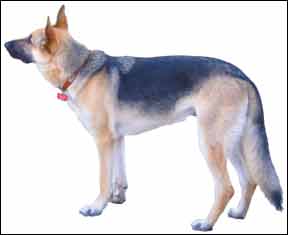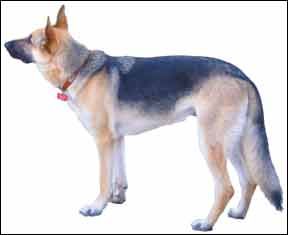Swimming dogs, especially hunting dogs, sometimes experience acute caudal myopathy, which is more commonly known as cold tail, swimmer’s tail, limber tail, cold water tail, broken tail, retriever tail, Lab tail, broken wag, or dead tail.

In a study published in the November 1999 Journal of Veterinary Internal Medicine, this painful condition was linked to fiber damage in muscles at the base of the tail. Severe pain lasting 24 to 48 hours, a limp tail hanging close to the body, normal x-rays, and blood tests showing a mild elevation of the enzyme creatine kinase are signature symptoms. Some owners notice swelling, and hair around the base of the tail may stand up.
Exposure to cold, wet weather; overexertion or a lack of conditioning; and long periods of crate confinement are blamed for this problem. Most cases appear in sporting dogs during hunting season or during training for hunting. The most-affected dogs are male and female Labrador, Flat-Coated, and Golden Retrievers; English Setters; English Pointers; Beagles; and Foxhounds.
With rest, the tail usually recovers completely within one to two weeks, though during recovery it may hang to one side. Some veterinarians believe recovery time is shortened if anti-inflammatory drugs are administered as soon as symptoms develop. Non-steroidal anti-inflammatory drugs (NSAIDs) are commonly used to reduce pain, though they don’t usually affect swelling. Warm packs at the base of the tail may help. Affected dogs should not be confined but should be allowed to rest and not worked until their tails return to normal.
Although most dogs with cold tail experience it only once, many have recurring episodes. To help prevent this problem, gradually condition your dog for hunting or vigorous exercise in order to avoid stress or fatigue; keep your dog’s bedding dry, especially in cold, wet weather; avoid keeping your dog in a cramped crate; and while traveling, give your dog frequent opportunities, at least every one or two hours, to stretch, move, and walk about.





